This is not only a policy document but also an important milestone affirming Vietnam's determination to deeply participate in the flow of the global creative economy , where culture, intelligence and technology are becoming new growth drivers of the world.
After nearly a decade of implementing Strategy 1755 (2016), Vietnam has entered a new stage of development, requiring a long-term, bold vision that is more suitable to the context of soft power competition between countries. Strategy 2486 therefore carries the meaning of a “re-initiation of thinking”, placing culture at the center of the country’s development model.
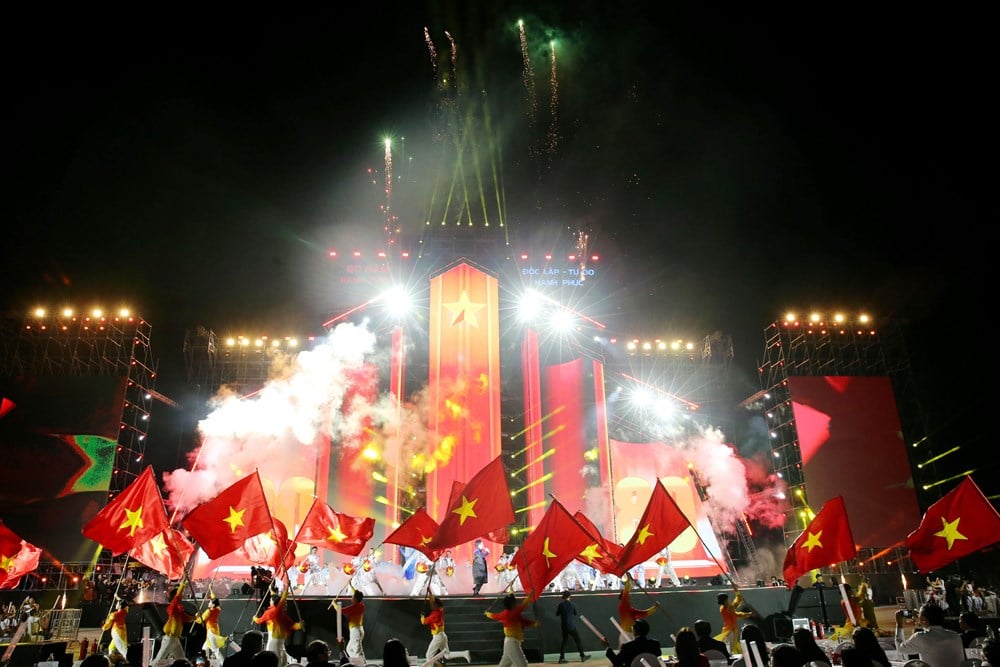
The urgent need for a new strategy
In 2016, Vietnam issued for the first time a comprehensive strategy on cultural industry under Decision 1755/QD-TTg. This was a bold step in placing culture on par with other important economic sectors, affirming the goal of "turning cultural industry into a service economic sector that contributes positively to growth, employment and promoting the national image".
That strategy has opened a new phase, helping the Vietnamese cultural market develop more strongly than expected: The GDP contribution rate has increased continuously, reaching 3.61% in 2018, exceeding the target set for 2020; a series of industries such as cinema, performing arts, design, online games... have high growth rates; the workforce in the creative field has exploded, with about 2 million people working in related industries.
But that success also shows many limitations. Although Vietnam's cultural industry has great potential, its development is uneven; many fields have not yet formed a complete value chain; business support policies are still scattered; creative infrastructure and cultural institutions have not kept up with demand; in particular, the rise of the digital economy makes the approach of the old strategy no longer suitable.
The Covid-19 pandemic has completely changed cultural consumption habits, accelerating the shift to digital platforms, creating an urgent need for strategic “restructuring”.
Meanwhile, in the world , the competition for cultural industry and soft power is more fierce than ever. South Korea has turned K-pop and cinema into “economic national treasures”, with cultural exports reaching 14.16 billion USD in 2024, surpassing the steel and automobile industries. The UK has built a new 10-year strategy to consolidate its position as a leading creative nation, with 124 billion pounds in annual revenue from the creative industry. China, France, Japan, Singapore… all see cultural industry as a “new growth pole”.
In that context, Vietnam's issuance of Strategy 2486 is not a technical update, but a political and economic statement, affirming that culture is not only a spiritual foundation but also an economic asset, an important soft resource, and a driving force for the country's development in the coming decades.
The new strategy sets an ambitious target of 7% of GDP contribution by 2030 and 9% by 2045; 6% of the workforce by 2030 and 8% by 2045. This vision reflects the aspiration to make Vietnam a strong country in creative industries in the Asian region.
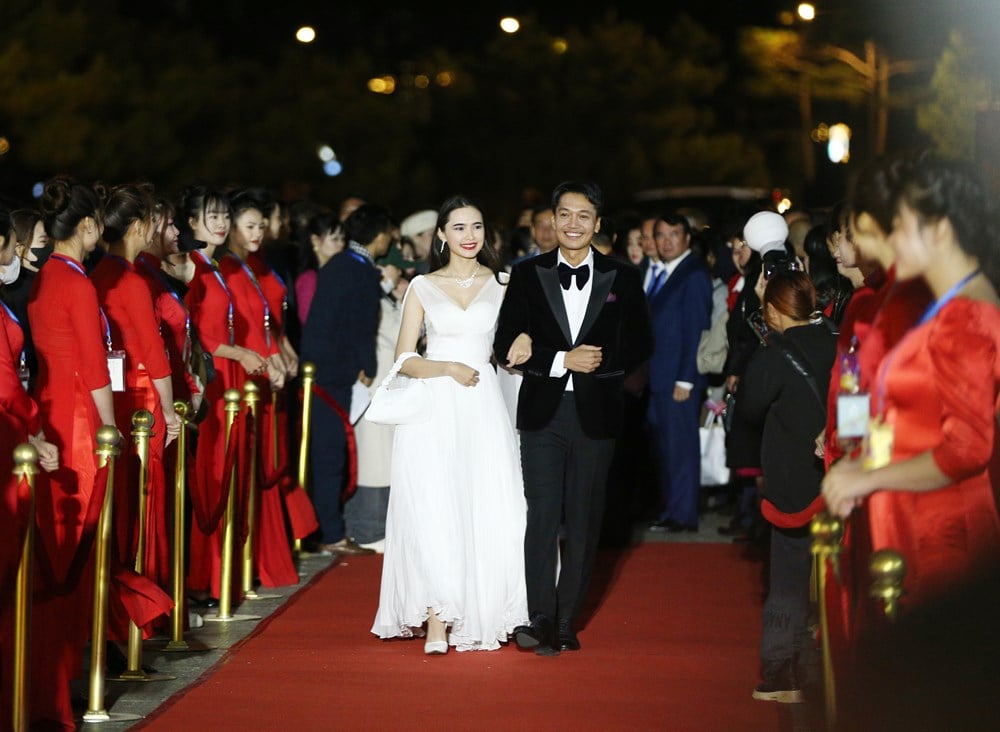
Strategic assets of the nation
Strategy 2486 marks an important shift: from viewing culture as a supporting sector to viewing culture as an economic sector based on creativity, technology and identity. Moreover, culture is positioned as a soft power resource, capable of increasing the country's position on the world map. This approach is in line with international trends, where successful cultural products often create an impact far beyond their economic value.
In the 21st century, many cultural industries have become larger economic pillars than traditional industries. Cultural products not only sell at high prices but also create a large spillover effect, affecting tourism, cuisine, fashion, investment, and national brands.
Strategy 2486 is not only an extension of Strategy 1755 but also a shift in thinking about the role of culture in national development. If implemented in the right direction, this strategy will become a "policy fulcrum" for Vietnam to enter the global creative economy with a new mindset, confident, creative, proactive and imbued with national identity. This is an opportunity for culture to truly become a soft power, an economic resource and a source of national pride for decades to come.
South Korea is a prime example: K-pop, TV dramas, movies, fashion, all combine to form “Hallyu”, a cultural wave that brings South Korea tens of billions of dollars a year and has made the country Asia’s leading soft power. Japan, with its anime and pop culture, also attracts huge audiences and generates billions of dollars in export revenue. Britain has music, design, creative media; France has cinema, fashion, art and cultural heritage, all of which have become “soft spearheads” of the country.
Vietnam faces a similar opportunity. With a culture that spans thousands of years, 54 ethnic groups, hundreds of festivals and UNESCO-recognized heritages, Vietnam possesses a unique cultural resource that no other country can replicate. Strategy 2486, for the first time, considers cultural identity as a “special resource” to create high-value cultural products that are internationally competitive, thereby “building the national brand and position”.
In the context of globalization, identity is not only a spiritual value but also a “cultural capital”, a form of asset that can be transformed into economic strength, tourist attraction, or even diplomatic strength. Therefore, Strategy 2486 is meaningful as a milestone to reposition the importance of culture: from conservation value to development value, from past treasure to future resource.
Entering the global cultural race
Strategy 2486 not only sets out goals but also builds a practical roadmap for Vietnam to enter the fierce competition of the global creative economy. That roadmap combines three elements: Cultural identity, creative infrastructure, and technology, international markets.
First of all, Vietnamese identity is considered the "original capital", an endless source of material.
The new strategy marks a significant shift: from viewing culture as a supporting sector to viewing culture as an economic sector based on creativity, technology and identity. Moreover, culture is positioned as a soft power resource, capable of increasing the country’s position on the world map. This approach is in line with international trends, where successful cultural products often create an impact far beyond their economic value.
to create in the fields of cinema, fashion, games, fine arts, cultural tourism, music... No country has legends like Lac Long Quan - Au Co, Thanh Giong, Son Tinh - Thuy Tinh; does not have unique craft villages, songs, dances, folk festivals that last for hundreds of years.
It is a precious material to create products that both carry identity and connect with the international public. However, identity is only the starting point. To turn culture into economic strength, a sustainable creative ecosystem is needed. Strategy 2486 emphasizes the formation of cultural and industrial centers, creative spaces, art zones, film studios, copyright markets, investment funds for creative enterprises, etc.
something that many countries have done very successfully. The UK has “creative clusters”; South Korea has “creative hubs” that combine training, production, and performance; China has built many “creative cities” associated with the film, music, and design industries.
Vietnam, with centers such as Hanoi, Ho Chi Minh City, Da Nang, Hue, can absolutely form “new creative poles” of the region. This is also the foundation to attract talent, nurture creative startups and connect with international markets. Last but not least is technology.
In the digital age, the arts and culture industry does not only rely on ideas but also on the ability to transform ideas into products using digital technology: digital cinema, virtual reality (VR/AR), games, artificial intelligence, digital design, streaming platforms, copyright trading floors, etc. Strategy 2486 especially emphasizes digital transformation as the "core driving force" of the arts and culture industries. This is a huge change in thinking compared to Strategy 2016.
If the old strategy focused on traditional content, the new strategy puts digital content at the center, in line with the world trend, where online games, online movies, and digital music are becoming billion-dollar industries. Vietnam has special advantages, a high rate of internet users, an abundant programmer force, and the third largest game market in Southeast Asia. If properly oriented, these fields can completely become "new growth engines".
All of these factors aim at a common goal, making Vietnam a competitive country in the field of culture and information technology, both creating economic value and spreading Vietnamese cultural values to international friends.
Strategy 2486 is not only an extension of Strategy 1755 but also a shift in thinking about the role of culture in national development. If implemented in the right direction, this strategy will become a "policy fulcrum" for Vietnam to enter the global creative economy with a new mindset, confident, creative, proactive and imbued with national identity. This is an opportunity for culture to truly become a soft power, an economic resource and a source of national pride for decades to come.
Source: https://baovanhoa.vn/van-hoa/dau-moc-cua-ky-nguyen-cong-nghiep-van-hoa-viet-nam-182425.html





![[Photo] The Standing Committee of the Organizing Subcommittee serving the 14th National Party Congress meets on information and propaganda work for the Congress.](https://vphoto.vietnam.vn/thumb/1200x675/vietnam/resource/IMAGE/2025/11/19/1763531906775_tieu-ban-phuc-vu-dh-19-11-9302-614-jpg.webp)




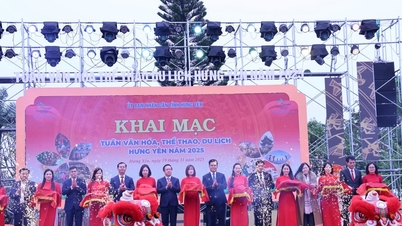


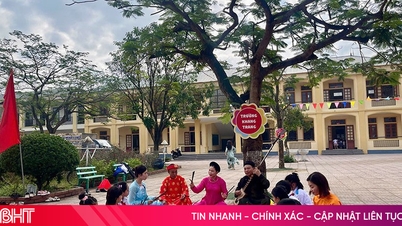

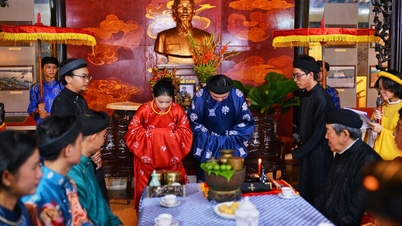







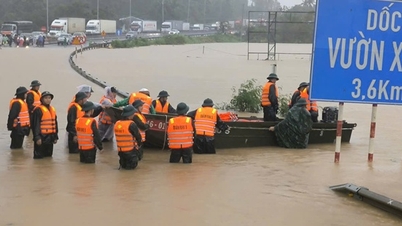


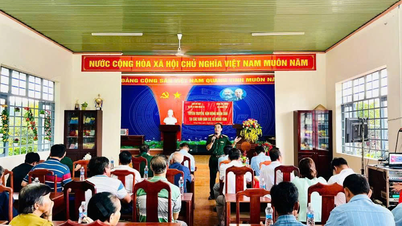

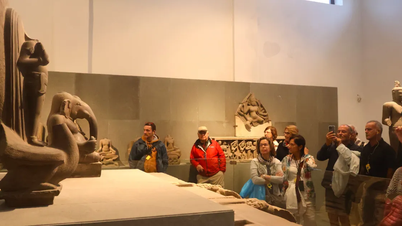






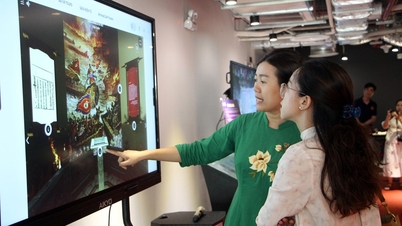



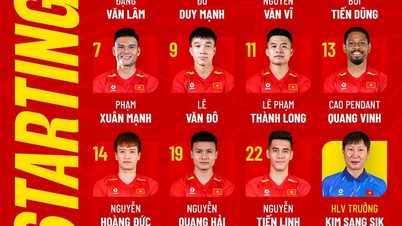
![[Photo] Prime Minister Pham Minh Chinh and his wife meet the Vietnamese community in Algeria](https://vphoto.vietnam.vn/thumb/1200x675/vietnam/resource/IMAGE/2025/11/19/1763510299099_1763510015166-jpg.webp)
![[Photo] General Secretary To Lam receives Slovakian Deputy Prime Minister and Minister of Defense Robert Kalinak](https://vphoto.vietnam.vn/thumb/1200x675/vietnam/resource/IMAGE/2025/11/18/1763467091441_a1-bnd-8261-6981-jpg.webp)









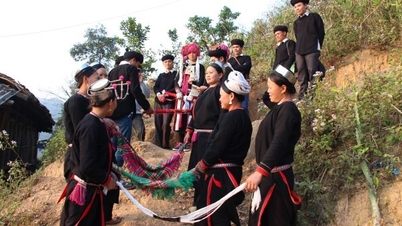


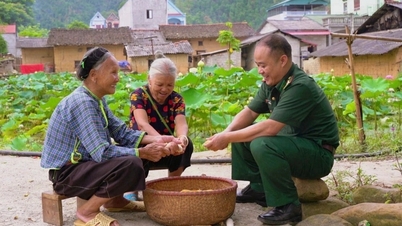





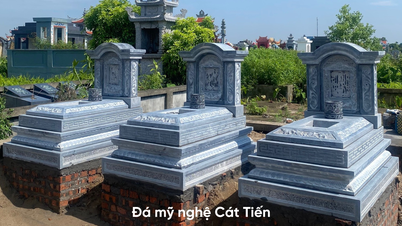



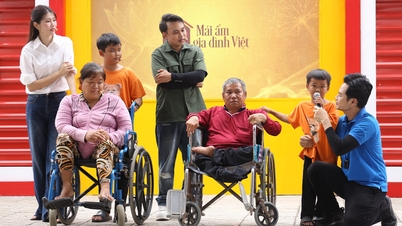
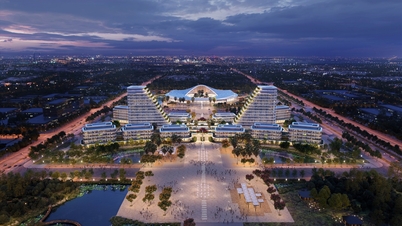
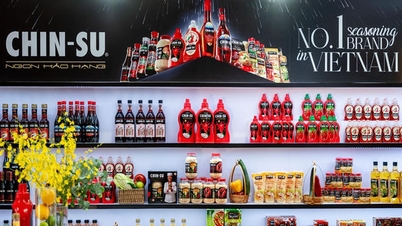

















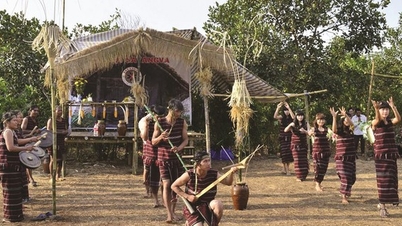


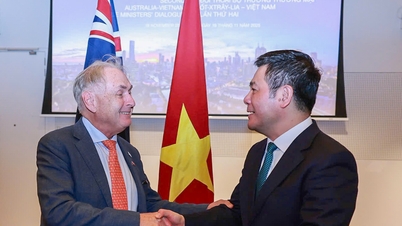






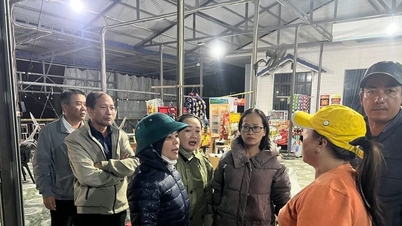


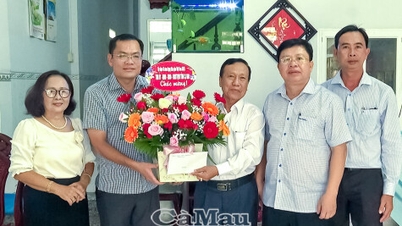

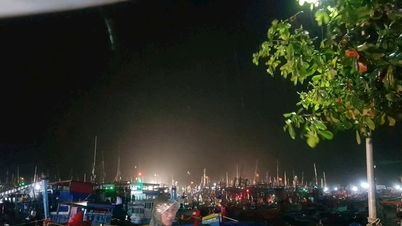











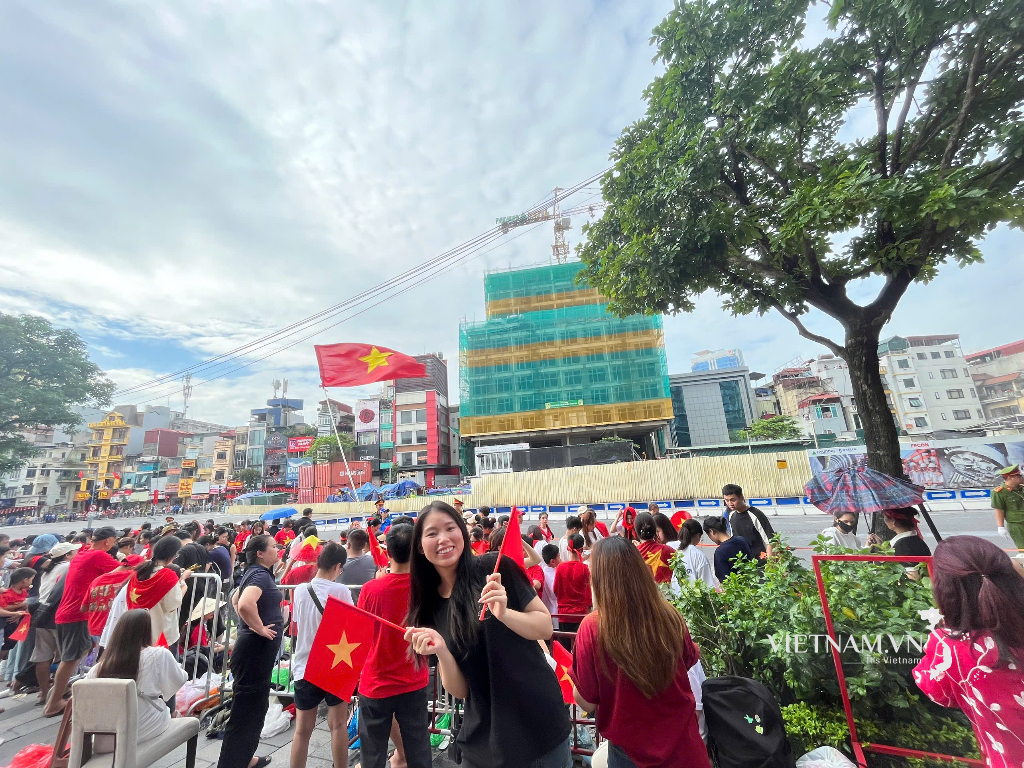


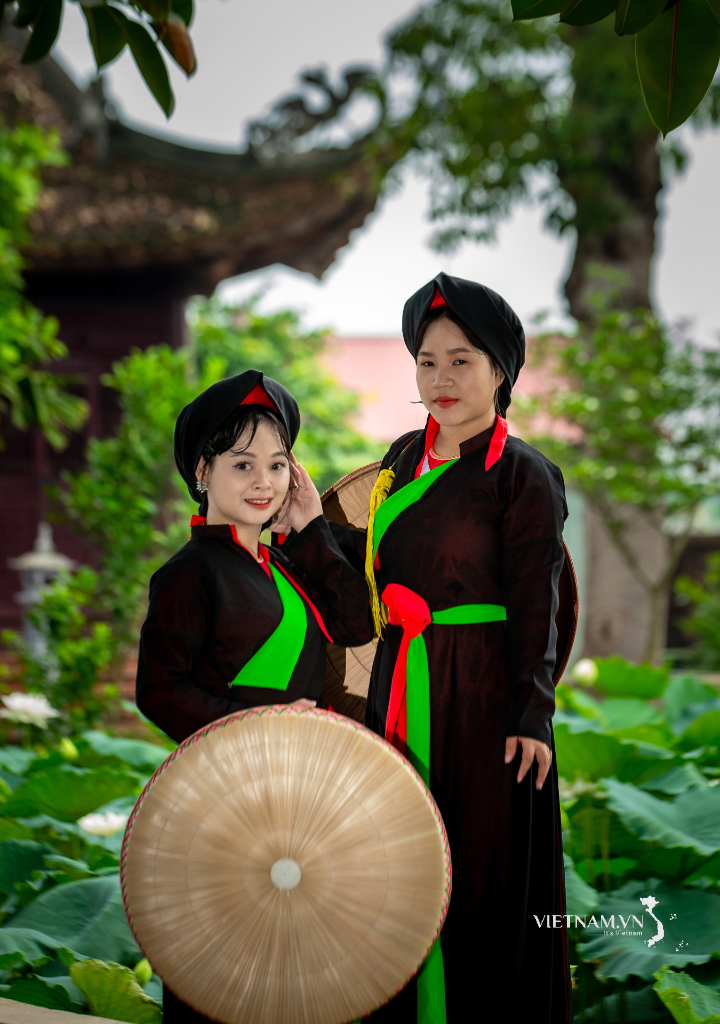
Comment (0)